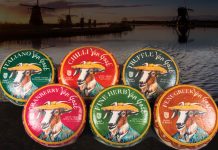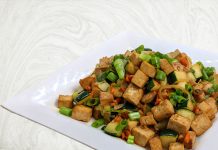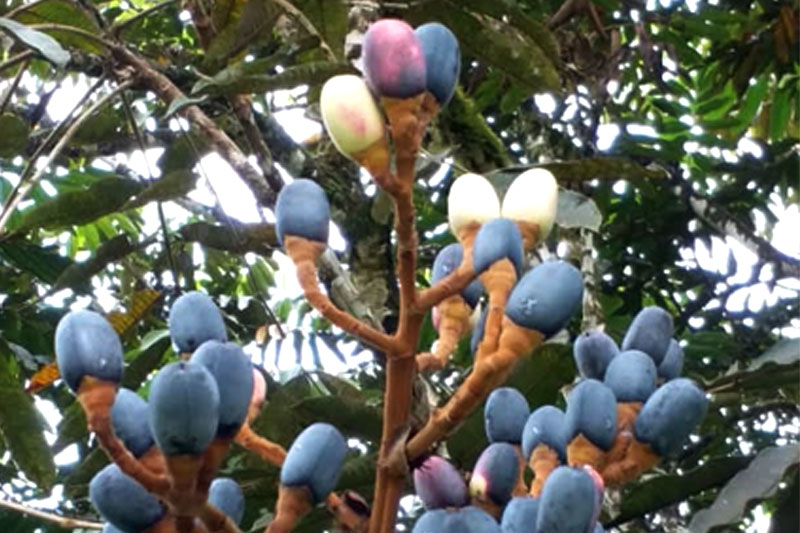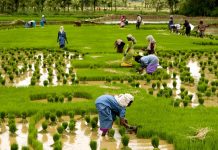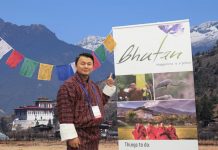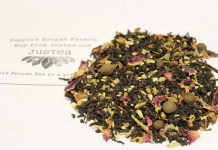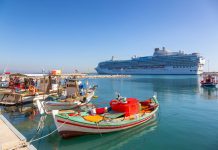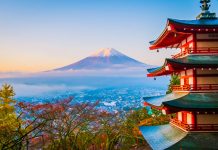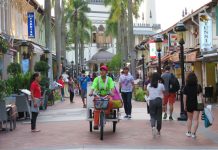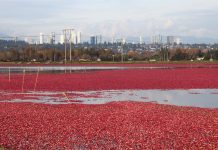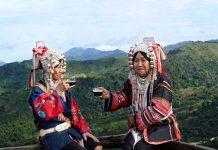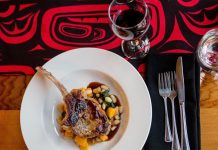Cultural travel is influencing our wardrobes in unexpected ways. Discover how our fashion reflects the journeys we’ve taken.
What if your wardrobe could tell the story of your travels? Each fabric, pattern, and stitch echoing the markets you’ve explored and the cultures you’ve embraced.
Whether it’s Kuala Lumpur’s vibrant markets or the high-fashion runways of London, travel is shaping our style in powerful and inspiring ways.
Fashion: A Global Language
Fashion and culture? They’re practically partners—constantly inspiring each other. Travel exposes us to new visual appeal, where colours, fabrics, and designs influence our personal style.
Fashion connects people across cultures, expressing stories of identity, history, and tradition.
In today’s fast-paced world, trends go viral quickly, but each culture still leaves a distinct mark on global fashion. Whether it’s haute couture, street style, or traditional artistry, fashion speaks louder than words.
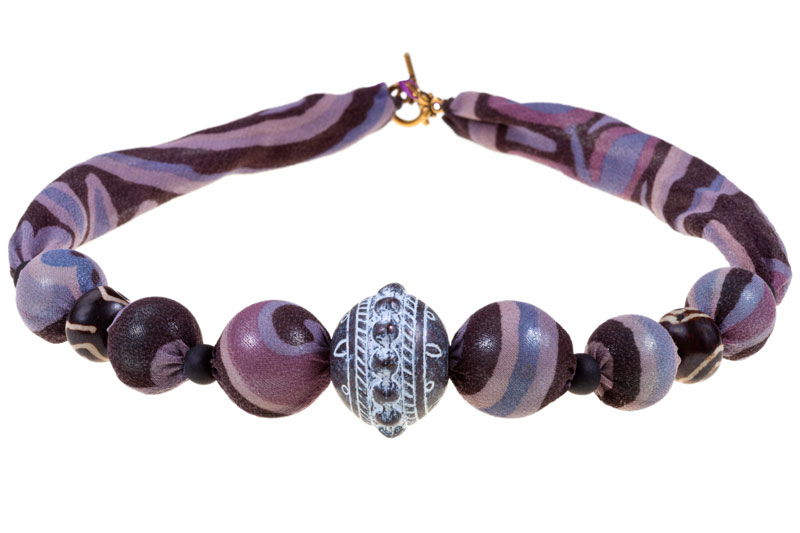
A profound way to experience fashion’s global dialogue is through customary ceremonies, like a Malay wedding, which highlights vibrant heritage.
Malay Wedding: A Living Fashion Heritage
From the elegantly staged ceremony to the captivating Silat martial arts performance, and graceful dancers in exquisite textiles, every detail captures Malaysia’s diverse cultural tapestry.
As Consul General Mohd. Afandi bin Abu Bakar of Malaysia explained at Heritage Alive, a cultural event celebrating Malaysia’s UNESCO Intangible Cultural Heritage in Vancouver, B.C. on September 18, 2025, “Malaysia is a country of many peoples, languages, and traditions.” He continued,
“Our diversity is not something we speak about; it’s something we live every day.”
The bride and groom wore fashion that honoured Malaysian customs. The groom sporting songket, a handwoven fabric with gold or silver threads, customarily worn by royalty.
The bride wore a baju kebaya, a form-fitting long blouse with a matching maxi skirt and shawl. The entire wedding party dressed in ceremonial attire, each one telling a story of pride, grace, and identity.
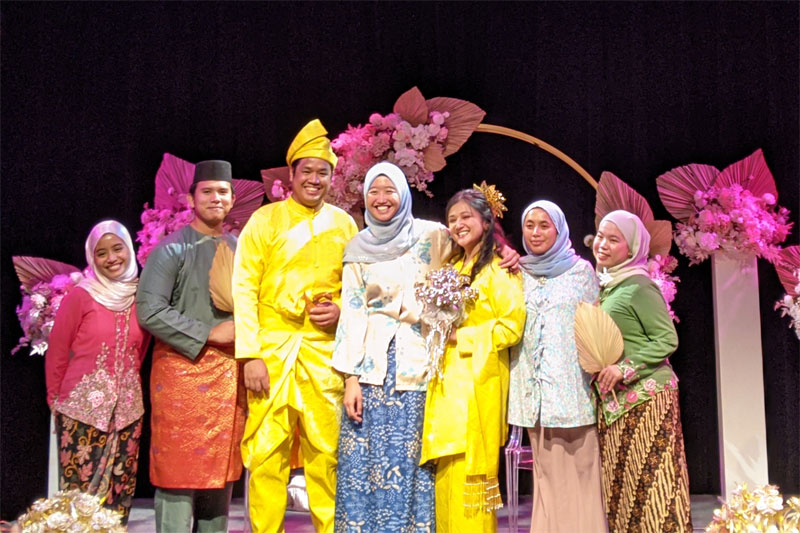
The bold colours, intricate embroidery, and handwoven fabrics reflected Malaysia’s skilled craftsmanship and cultural heritage, offering a living expression of the country’s legacy.
The Consul General further noted, “Culture, after all; isn’t meant to be locked in a museum. It lives in the present, in the food that we share, in the music that we play, the clothes that we wear, and the values we carry forward.”
Guests also enjoyed a taste of Malaysia’s vibrant breakfast culture. Iconic dishes like Nasi Lemak and Roti Canai brought the flavours of the country’s diverse culinary heritage to the table.
Related: Malaysia: From Nasi Lemak to Borneo’s Wild Cuisine
Adapting to Local Style
When we travel, we adapt to local fashion. It’s more than fitting in; it’s about connecting with the place and people around us.
Paris is all about effortless, tailored chic—easily emulated by global travellers seeking that Parisian ‘je ne sais quoi.’ The Caribbean draws travellers with its boho vibes, featuring flowy fabrics and earthy accessories.
In Malaysia, fashion is all about respect and modesty, especially when you’re at sacred sites or celebrating festivals. Among the Ibans, the Pua Kumbu, a masterfully woven textile, is a powerful symbol of cultural pride.
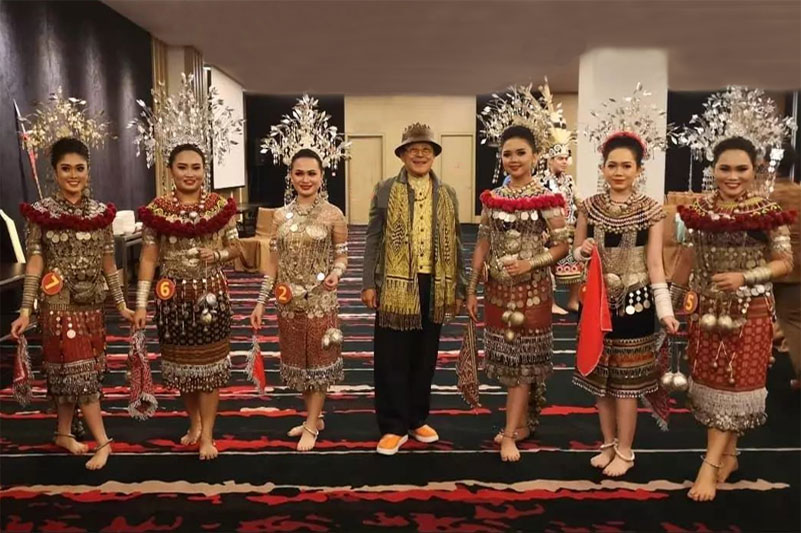
Pua Kumbu on the Global Runway: Edric Ong’s Cultural Couture
Fashion designers like Edric Ong have brought traditional craftsmanship to the global stage, blending ancient artistry with contemporary style.
His work with Pua Kumbu textiles continues to capture attention at major events like London Fashion Week, highlighting Malaysia’s cultural heritage.
Ong merges Pua Kumbu with ikat, supplementary weft, and handwoven silks, creating pieces that blend tradition with modern aesthetic. The result is a collection that honours the past while embracing the future.
A longtime advocate of eco-fashion and sustainability, he uses his platform to support local artisans and preserve traditional skills. Ong is also a noted author on this exquisite textile, sharing insights into the fabric’s cultural significance.
Ong reflects, “When I first began reviving natural dyes and introducing silk yarn into Iban Pua Kumbu Ikat textile weaving, my vision was to add value—and perhaps, one day, see it featured in Vogue.”
“That vision came to life two years later when Vogue Paris did a fashion shoot in the Sarawak Cultural Village.”
“Since the 1990s, I’ve featured Pua Kumbu in my collections and exhibitions around the world—in London, Paris, Los Angeles, Santa Fe, Japan, Korea, China, India, and beyond. We often bring the Iban weavers with us to showcase their mastery.”
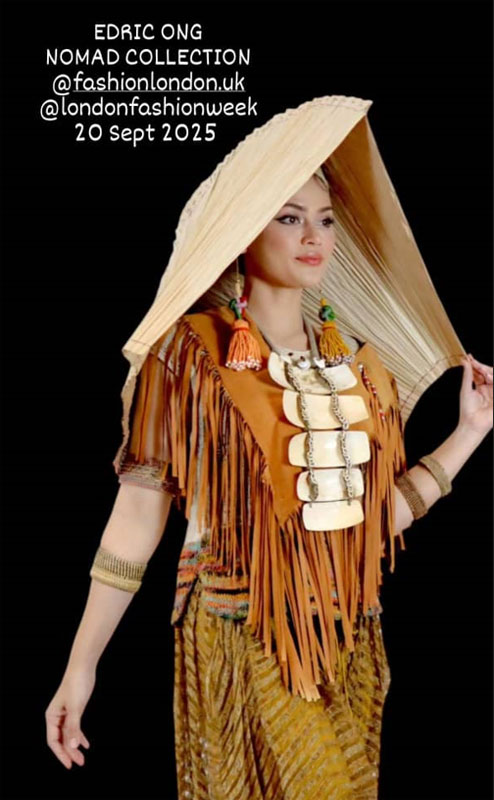
Ong has also expanded his work to include Malay Tikar Begerang (pandanus weaves) and accessories from other indigenous groups like the Penan, Orang Ulu and Bidayuh.
Inspired by global cultures, his pieces reflect the evolving connection between heritage and modernity, proving how travel fuels innovation in fashion.
Having showcased his work on the London Fashion Week runways for the past three years, Ong will return with his latest collection, Nomad on September 20, 2025, bringing his unique vision to an even wider global audience.
The Timeless Influence of Indian Chintz on Global Fashion
Fashion is an expression of the world around us, evolving through the exchange of ideas, and artistry across cultures.
Take Indian Chintz, for example. This vibrant cotton textile, famous for its bold floral patterns and rich colours, was hand-painted and dyed in India.
In the 17th and 18th centuries, European traders brought Indian Chintz to the West, sparking a fashion revolution.
Chintz textiles quickly became a symbol of luxury in both fashion and interior design. From women’s gowns to home décor, Chintz’s bold florals left an indelible mark on global aesthetics. Today, its legacy continues to resonate, inspiring designers and artists worldwide.
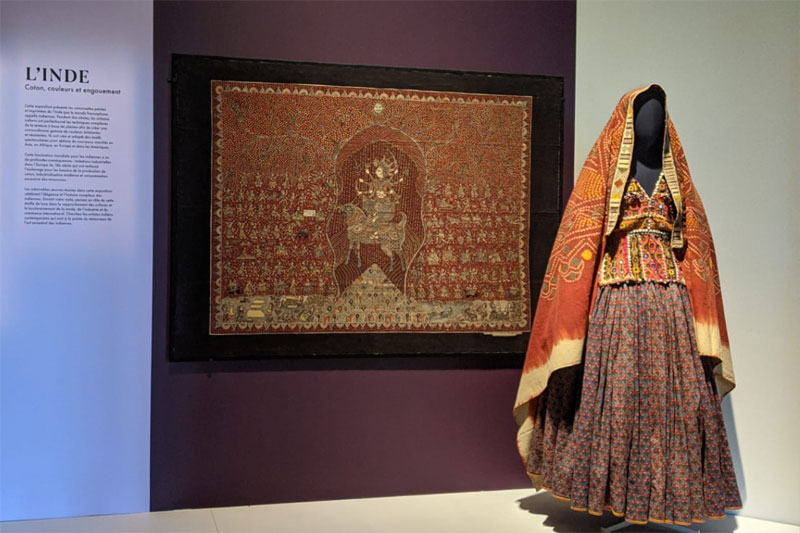
Sarah Fee, Lead Curator of Global Threads: The Art and Fashion of Indian Chintz, shared in an Instagram video. “Contemporary artists are taking it in new directions, with high fashion designers incorporating it into their catwalk designs.”
An exhibition celebrating this rich cultural exchange is currently on view at the Royal BC Museum in Victoria, British Columbia until September 28, 2025.
Souvenirs with Soul: Fashion as a Memory
Our wardrobes often tell the stories of our travels. A hand-painted batik scarf from Kelantan, a finely crafted silver bracelet from Mexico, or a beaded necklace woven by a Sarawak Orang Ulu elder.
Much like the Indian Chintz, these items link us to the history and artistry of another land. Beyond visual appeal; they hold moments and memories.
With every wear, we carry a piece of the world, becoming part of a global narrative felt through fashion.
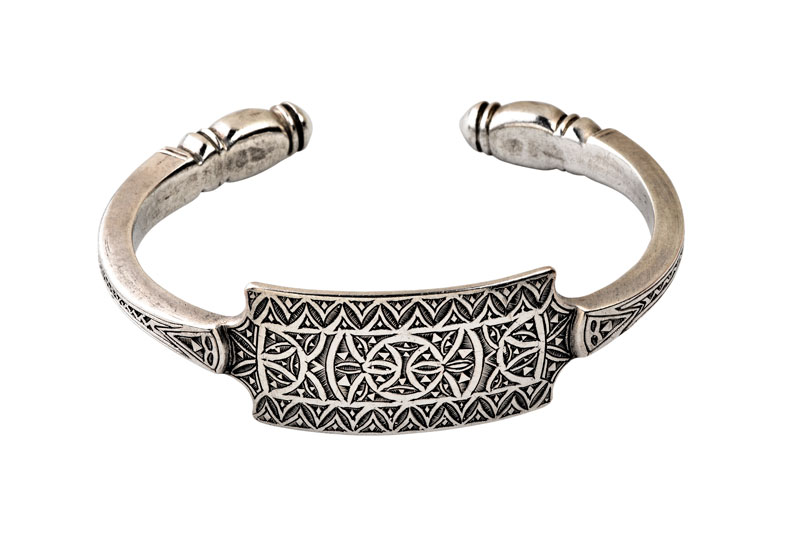
Destination Wear: From Suitcase to Wardrobe
Destination wear has evolved beyond just packing light and breathable fabrics. Today, it’s about versatile and stylish pieces that combine style and comfort wherever you go.
Styles like Malaysian batik print kaftans and sarongs, have become everyday wardrobe essentials for travellers, reflecting the country’s tropical, laid-back vibe.
Travellers are increasingly choosing fashion that encourages sustainability, from eco-friendly fabrics to ethically crafted wear and accessories; supporting local artisans and fostering environmental responsibility.
Fashion, Travel, and You
As travellers, our fashion choices are an extension of our journey. A batik-printed dress from Kuala Lumpur or a Pua Kumbu-inspired clutch from Sarawak tells the world where we’ve been and what we’ve experienced.
Fashion and travel are more intertwined than ever, offering a powerful way to express creativity, embrace diversity, and tell personal stories.
Next time you pack, think of your wardrobe as more than just clothes. It’s a canvas—your way to immerse in new cultures and express the unique experiences of your travels.
Happy travels—and may your suitcase always carry memories and a touch of global style.




